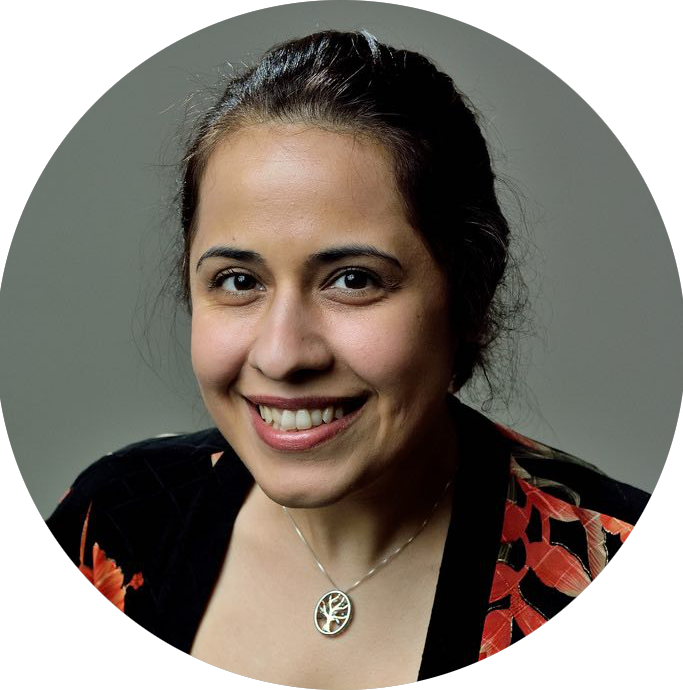Bio
I completed my B.S in Electrical Engineering from the K. N. Toosi University of Technology (2006), and my MS in Biomedical Engineering from Tehran Polytechnic (2010), where I used artificial neural networks to model neural correlates of the motor cortex and brain stem involved in speech production. In 2012, I moved to Lincoln, Nebraska to pursue a second M.S in Computer Science (2018) and a Ph.D in Communication Disorders (2018) from the University of Nebraska. During this time, I worked on recognizing emotions in human speech using convolutional neural networks, as well as on understanding the interaction between temporal & spectral characteristics of acoustic signals, in relation to speech intelligibility.
In 2018 ,I joined the Neuroscience Program at the University of Illinois at Urbana-Champaign. While working at the Audiory & Cognitive Neuroscience Laboratory, I used brain imaging techniques along with machine learning tools to understand and characterize neural correlates of the tinnitus condition. I also served as a graduate lecturer for the Department of Speech & Hearing Science. Since 2020, I have been a postdoctoral researcher with Columbia University as well as the National Institutes of Mental Health.
In my free time, I enjoy reading, traveling and playing the piano. Sometimes I record songs with my husband.
Research
In my current project, we are working on mouse wide-field optical imaging data to better understand neural mechanisms underlying the resting-state BOLD signal and functional connectivity. In doing so, we analyze both neuronal and hemodynamic signals. The overarching goal of my research is to generate novel and improved fMRI algorithms to harness neural signatures.
In particular, we examine the dynamic functional connectivity patterns of neuronal and hemodynamic signals using correlation as a measure of connectivity or simultaneous activity among different brain regions. Further, we investigate the maps between functional connectivity patterns and mouse behavior such as running or whisking.
Past Work
University of Illinois at Urbana-Champaign
During my time at the Beckman Institute of Science & Technology, I focused on understanding the neural underpinnings of tinnitus for developing effective interventions. To do so, we studied fMRI resting-state and task-based functional connectivity in people with tinnitus, hearing loss, and normal hearing. Further, we developed computational models aimed at obtaining objective biomarkers to automatically diagnose tinnitus.
Boys Town National Research Hospital
As a computational programming Intern, I designed and developed software research interfaces using C++. The interfaces were used to conduct experiment paradigms such as 3-interval 2- alternative forced choice experiments to stimulate cochlear implant electrodes, evoke and record real-time auditory responses. Additionally, we investigated the responsiveness of auditory nerves in children with cochlear nerve deficiency. Doing so, we examined the effect of specific stimulation sites and pulse rate on the input/output function and adaptation recovery function of the auditory nerve.
